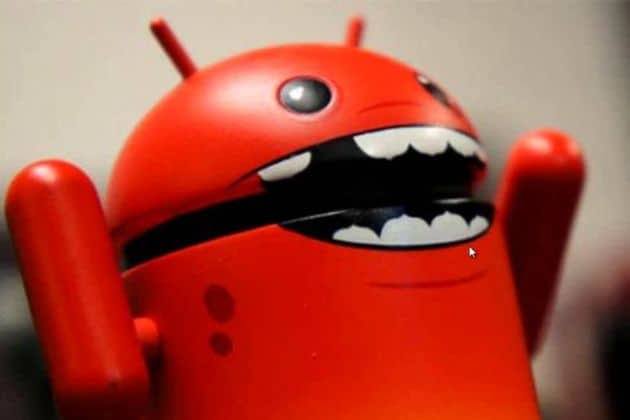According to research by AV-Comparatives, an organization specialized in testing antivirus products, about two-thirds of all antivirus apps for Android do not work as advertised. During the investigation, the company looked at 250 apps that are available in the official Google Play Store, reports ZDNet.
Only 80 out of 250 apps detected more than 30 percent of the malware that the researchers unleashed on each app during individual tests. Each app was installed on a separate device. That device was then set up to open a browser, download a rogue app, and install it.
Whitelist
This was done 2,000 times per antivirus app, with the 2,000 of last year’s most common Android malware being downloaded. The apps should have indexed this malware a long time ago.
However, many apps turned out not to have done so. According to the researchers, many antivirus programs did not scan the apps that the user downloaded or installed, but used a whitelist approach. The programs only looked at the name of the packets, and not at the code in the packets.
Some solutions marked every app that was not on the whitelist even as rogue, so they sometimes classified themselves as such. Other apps had names like “com.adobe.*” on the list, so control can be circumvented by giving a packet a name that starts with “com.adobe”.
Many of the non-working apps also seem to have been developed by the same programmer. Ten of the apps have the same user interface, and many other apps were more interested in displaying ads than in actually scanning malware.
Good apps
In total, only 23 of the apps tested were able to detect 100 percent of the malware that was released. The apps that did their job well, include those of major, well-known brands. These include McAfee, F-Secure, AVG, ESET and Kaspersky.
This news article was automatically translated from Dutch to give Techzine.eu a head start. All news articles after September 1, 2019 are written in native English and NOT translated. All our background stories are written in native English as well. For more information read our launch article.